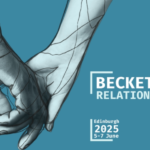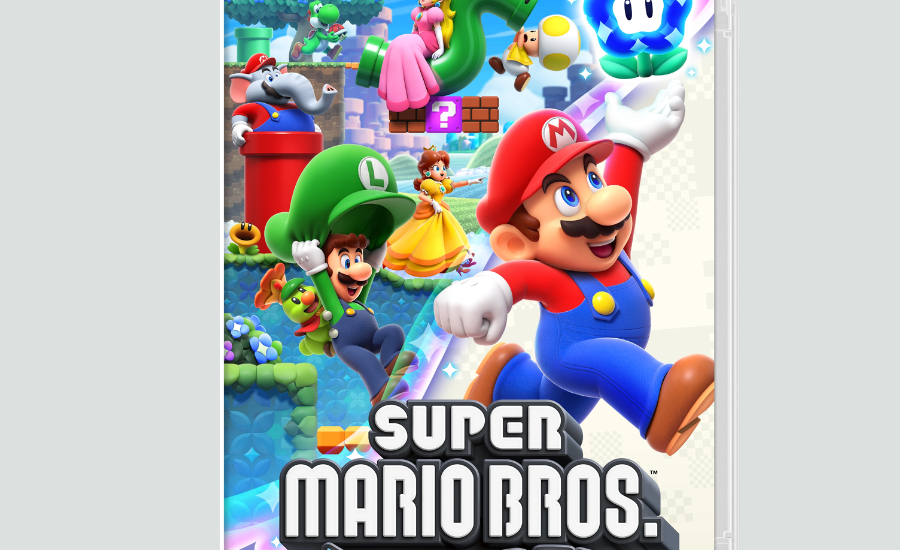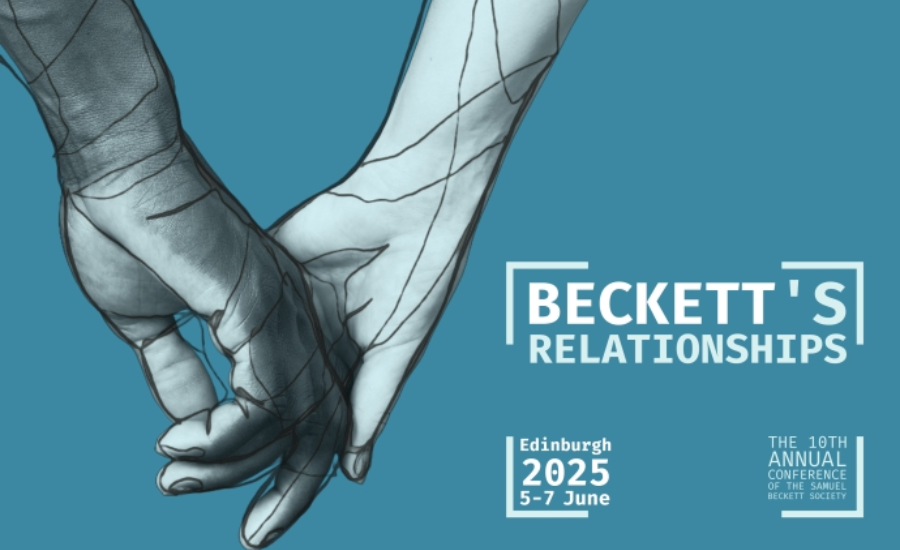The gaming world is always evolving, but few franchises have made as lasting an impact as super mario wonder imagesize:2894×4686. The latest entry, Super Mario Wonder, is not just another adventure—it’s a visual spectacle that redefines what players expect from a game. At the core of this captivating experience is an impressive image resolution of 2894×4686. This high resolution enriches every scene with vivid colors and intricate detail, creating an immersive journey for both long-time Mario fans and new players alike. Let’s dive deeper into the significance and impact of this remarkable visual achievement.
The Importance of Super Mario Wonder’s Image Resolution
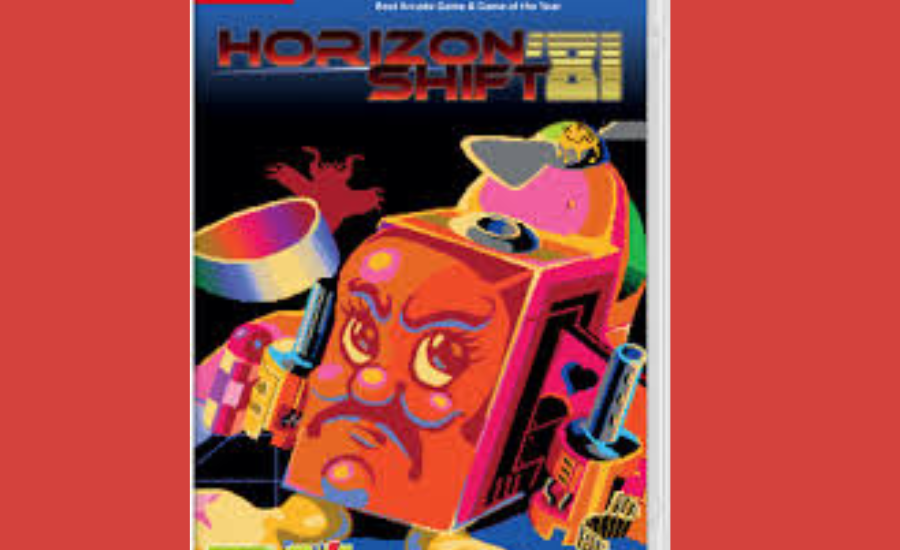
Unparalleled Visual Clarity with 2894×4686 Resolution
Super mario wonder imagesize:2894×4686 brings a new level of visual excellence to the gaming experience. This ultra-high definition enhances every pixel, allowing players to fully appreciate the intricate details woven into the game’s design. From Mario’s signature red hat to the glimmering coins and richly detailed backgrounds, the clarity elevates every visual element.
The advanced resolution also allows for smoother animations, making Mario’s movements fluid and lifelike. Whether he’s sprinting across platforms or navigating tight jumps, the game’s visuals are so sharp that players feel connected to each frame of action. The precision in these details sets a new benchmark for platforming games.
Elevating Immersion Through Detailed Environments
In addition to character clarity, super mario wonder imagesize:2894×4686 size in Super Mario Wonder brings the game’s environments to life in ways previously unseen. The vividness of the Mushroom Kingdom’s lush greenery, its intricate castle walls, and its vast underwater expanses are all enhanced by the higher resolution. Players can explore these meticulously crafted worlds with a sense of realism that draws them further into the game.
Each level is a work of art. From the color-rich backgrounds to subtle environmental details like the movement of clouds or the swaying of grass, this resolution allows for a more dynamic and immersive experience. The game design transforms from merely being a backdrop to becoming an interactive playground where exploration feels endless.
Enhancing Gameplay Mechanics with Crystal-Clear Graphics
The enhanced resolution of super mario wonder imagesize:2894×4686 does more than just improve aesthetics—it impacts gameplay. High-resolution graphics mean that players can spot hazards, hidden secrets, and important items much more easily. For instance, seeing a power-up block in the distance or spotting a tricky enemy movement becomes clearer and more intuitive, allowing for better strategic decision-making.
The 2894×4686 image size enables smoother transitions between levels and actions, reducing any visual distractions or pixelation that can detract from the gaming experience. This means players can focus on the challenges ahead with greater precision, improving gameplay flow and responsiveness.
A Bridge Between Nostalgia and Modern Visuals
While the resolution of 2894×4686 reflects modern advancements in gaming, it also maintains the charm that has made Mario a beloved character across generations. Longtime fans of the series will notice how the updated visuals still preserve the classic elements that made the original Mario games iconic.
The enhanced resolution serves as a perfect bridge between nostalgic pixelated classics and today’s sophisticated graphical standards. By maintaining the familiar design of characters and worlds while bringing them into sharper focus, Super Mario Wonder appeals to both veteran players and newcomers alike.
Impact on Storytelling and Emotional Engagement
The crystal-clear graphics afforded by the 2894×4686 resolution go beyond enhancing gameplay—they also elevate the storytelling aspect of Super Mario Wonder. Characters are not only more vibrant but their emotional expressions are clearer. Whether it’s Mario’s determined face during a tough battle or the mischievous grin of Bowser, the resolution brings a level of depth to character interactions.
This visual detail enriches the emotional engagement players have with the storyline. The game becomes more than just a series of challenges—it transforms into a journey where players feel connected to the characters and their adventures. This emotional resonance, amplified by the high-resolution graphics, adds another layer of immersion to the overall experience.
Future Potential for High-Resolution Gaming
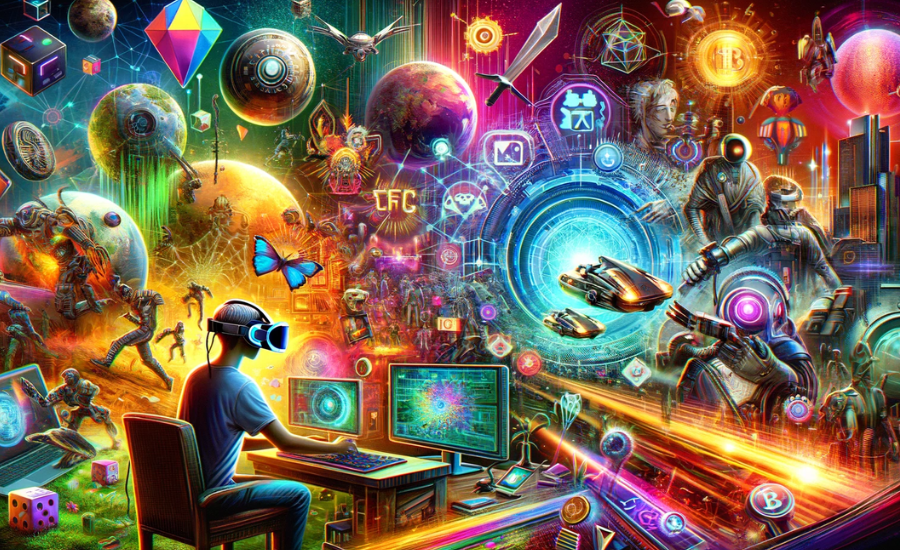
The 2894×4686 image size in Super Mario Wonder isn’t just a milestone for the Mario franchise—it signals a broader trend in gaming. As technology continues to evolve, we can expect future titles to push the boundaries of what’s possible with resolution and graphics. Developers may experiment with even higher resolutions, blending creativity with cutting-edge technology to craft worlds that are even more detailed and immersive.
This leap forward in visual quality not only enhances the current gaming experience but also sets the stage for future innovations in game design. Super Mario Wonder’s stunning resolution offers a glimpse of the possibilities that lie ahead, promising a future where gaming worlds are rendered with unprecedented realism and depth.
The Origins of Super Mario Wonder’s Visual Evolution
The evolution of Super Mario Wonder and its use of the 2894×4686 image resolution is rooted in the series’ long-standing tradition of innovation. From the early days of pixelated 8-bit graphics to the lush, detailed environments of today, Mario has always been at the forefront of pushing visual boundaries. The introduction of such high-resolution graphics is the next step in this journey.
Nintendo’s commitment to creating visually stunning worlds is evident in Super Mario Wonder. With advances in gaming hardware, developers were able to produce visuals that elevate the gameplay experience. The 2894×4686 resolution not only offers eye-catching visuals but also enhances the player’s emotional connection to the game. Characters like Mario, Luigi, and Bowser have never looked more alive, and the game’s intricate environments feel like they’re pulled from an artist’s canvas.
Impact on Gameplay: Why Resolution Matters in Super Mario Wonder

Enhanced Visibility and Precision
The 2894×4686 resolution in Super Mario Wonder provides more than just stunning visuals—it directly impacts gameplay by improving visibility and precision. In a platforming game like Super Mario, being able to clearly see the environment and characters is crucial for success. With the higher resolution, players can easily distinguish between objects and enemies, allowing them to make precise jumps and quick decisions without second-guessing their actions.
Whether you’re leaping over gaps, dodging enemies, or navigating tight spaces, the enhanced clarity ensures that every move is calculated and responsive. This precision is particularly valuable in challenging levels where split-second timing is essential for avoiding obstacles and defeating bosses.
Spotting Hidden Secrets with Ease
Super Mario Wonder is known for its cleverly hidden secrets, whether they be power-ups, hidden pathways, or collectible items. The higher resolution makes spotting these secrets easier, reducing the frustration often associated with lower-resolution games where details can be lost in pixelation.
The sharpness of the image allows players to notice subtle visual cues, such as cracks in walls, hidden doors, or shimmering objects that indicate hidden rewards. This creates a more rewarding experience, as players feel more in control of their exploration and are more likely to uncover the game’s hidden treasures.
Smoother Navigation and Improved Timing
In platforming games, smooth navigation is key to an enjoyable experience. Super Mario Wonder’s high resolution ensures that there’s no lag in visual performance, making transitions between jumps, runs, and enemy encounters feel seamless. Players can better time their actions because the game responds accurately to input, without the hindrance of blurry visuals or slow-rendering environments.
This improved responsiveness is particularly beneficial for speedrunners and competitive players who rely on precision and timing to complete levels as quickly as possible. With the 2894×4686 resolution, there’s no delay in the visual output, allowing players to focus purely on mastering the gameplay mechanics.
Better Enemy and Obstacle Recognition
One of the most frustrating aspects of lower-resolution games is the difficulty in identifying enemies or obstacles from a distance. In Super Mario Wonder, the high resolution solves this issue by offering crystal-clear visuals that allow players to see threats early. Whether it’s a Goomba lurking ahead or a spike trap hidden in the ground, players can anticipate and react faster.
This enhanced obstacle recognition leads to fewer unfair deaths and a more balanced difficulty curve. Players can plan their movements and strategies based on the environment they see, rather than relying on trial and error, which ultimately makes the game more enjoyable.
Immersive Environmental Interaction
The 2894×4686 resolution doesn’t just improve gameplay mechanics; it also deepens the player’s connection to the environment. Super Mario Wonder’s detailed worlds are filled with interactive elements, from moving platforms to destructible blocks. With high-resolution graphics, every element of the environment is rendered with more depth, making interaction feel more organic and meaningful.
For example, when Mario hits a question block, the detailed animation of coins or power-ups bursting out feels more impactful. The clarity of the environment enhances the overall immersion, making players feel as if they are part of a living, breathing world.
Increased Player Engagement
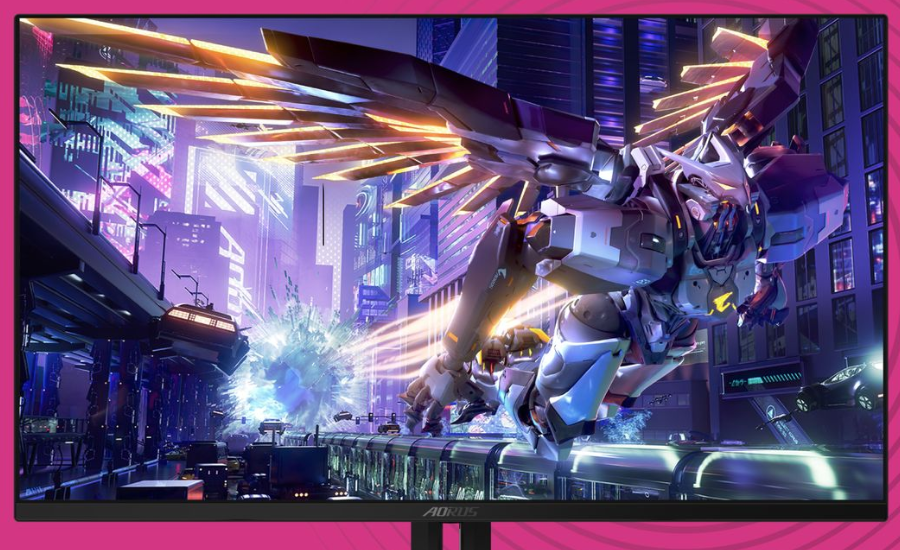
The combination of stunning visuals and smooth gameplay enhances player engagement. When players can see every detail clearly, they become more invested in the experience. The higher resolution contributes to a deeper sense of immersion, where the line between the player and the game world is blurred. This increased engagement leads to longer play sessions and a more fulfilling experience, as players become absorbed in the vibrant and dynamic universe of Super Mario Wonder.
Accessible for Newcomers and Challenging for Veterans
The high resolution also plays a role in making Super Mario Wonder accessible to newcomers while still providing a challenge for seasoned players. Newcomers will appreciate the clear visuals that make it easier to learn the game mechanics, navigate levels, and spot hazards. Veterans, on the other hand, will benefit from the enhanced precision and responsiveness that allow them to push their skills to the limit.
The balance between accessibility and challenge is a hallmark of the Mario franchise, and the 2894×4686 resolution supports this by providing a smooth and visually appealing experience for all types of players.
Visual Cues that Enhance Strategic Gameplay
In addition to helping players spot hidden secrets and navigate obstacles, the high-resolution graphics provide subtle visual cues that enhance strategic gameplay. For instance, the detailed textures on enemies might give players hints about their weaknesses, or the visual effects surrounding a power-up might indicate its special abilities. This adds another layer of depth to the gameplay, allowing players to make more informed decisions.
The clarity of these visual cues ensures that players can react quickly and strategically, making the game more engaging and less about guesswork.
Level Design and Visual Appeal
Each level in Super Mario Wonder is a masterpiece of design, and the 2894×4686 image resolution only amplifies that fact. The developers have carefully crafted every stage, using the high resolution to showcase intricate environments, lush backgrounds, and clever obstacles. From colorful jungles to icy caverns, the world of Super Mario Wonder feels more alive than ever before.
The visual appeal doesn’t stop with the backgrounds. Every character and enemy is rendered in exquisite detail. Mario’s iconic red hat, Yoshi’s bright green scales, and even the Goombas’ comical expressions all pop on the screen with stunning clarity. This attention to detail makes exploring each level a joy, as players are treated to vibrant worlds that feel dynamic and full of life.
Nostalgia Meets Modern Innovation

One of the greatest strengths of Super Mario Wonder is its ability to blend nostalgia with modern innovation. The high-resolution graphics at 2894×4686 pay homage to Mario’s pixelated past while also pushing the franchise forward. Long-time fans will appreciate the callbacks to classic games, but with a new layer of visual depth that brings the world to life in ways that were never possible before.
For younger players or those new to the Mario universe, Super Mario Wonder offers a fresh and visually captivating introduction to the franchise. The high-definition graphics ensure that the game appeals to a wide audience, bridging the gap between generations of players. This visual evolution allows the franchise to maintain its timeless appeal while embracing cutting-edge technology.
Future Visual Trends in Gaming
The Evolution of Graphics: Beyond Resolution
Super Mario Wonder’s 2894×4686 resolution exemplifies the future of gaming visuals, where high-definition graphics are becoming the norm. As technology advances, gaming graphics will likely move beyond just increasing resolution and into more complex visual experiences. Players can expect advancements in lighting, shadows, reflections, and particle effects, further enhancing the realism and beauty of game worlds.
New rendering techniques like ray tracing will likely become standard, adding depth and realism to every game’s environment. The result? Game worlds that feel more alive, dynamic, and interactive, immersing players in hyper-realistic settings that surpass today’s standards.
Higher Resolutions for Deeper Immersion
As screen resolutions continue to increase, we could see gaming displays and hardware supporting 8K and even higher resolutions, allowing for unimaginable levels of detail. With displays capable of showcasing such high pixel density, players will experience worlds with textures so sharp that they rival reality itself. Characters, objects, and backgrounds will be rendered with such precision that players will notice the finest details, such as fabric textures or environmental wear, contributing to a more immersive experience.
Super Mario Wonder’s high-resolution graphics set the tone for future platformers and other genres, inspiring developers to adopt similar standards. These enhanced visuals can elevate everything from open-world games to first-person shooters, all while maintaining a fluid and engaging experience.
Real-Time Rendering and Dynamic Environments
The future of gaming visuals will also focus heavily on real-time rendering, where dynamic changes in the environment happen seamlessly. Imagine a world where lighting changes in response to the time of day, where weather effects—such as rain, snow, and fog—are so realistic that they alter the way the game is played. Super Mario Wonder hints at this potential with its vibrant, detailed levels, and future games will likely expand upon it with increasingly reactive and evolving worlds.
The combination of high resolution with real-time rendering creates a visual experience that feels truly alive. Characters could interact with their environment in ways that were previously unimaginable, with objects responding to movement, wind, and physical interactions in real-time.
Increased Focus on Art Direction and Style
While resolution and realism are major focuses, future trends in gaming visuals will also highlight the importance of art direction and unique visual styles. Games like Super Mario Wonder showcase the potential of combining high-resolution graphics with vibrant, stylized art that creates a visually striking world without sacrificing gameplay performance.
As graphic technologies improve, more developers will experiment with unique art styles that stand out from hyper-realistic titles. Stylized graphics allow developers to create visually appealing games with a distinct identity, often requiring fewer resources than photorealism, but offering an equally engaging experience. The balance between realism and artistic expression will define future trends, providing players with diverse and innovative game worlds.
Virtual Reality and Augmented Reality: Expanding Beyond the Screen
With the rise of Virtual Reality (VR) and Augmented Reality (AR), future gaming visuals will break free from the confines of traditional displays. High-resolution gaming environments like those seen in Super Mario Wonder will be expanded upon in VR and AR, offering fully immersive experiences where players can physically interact with their surroundings.
As VR headsets and AR devices improve, their resolutions and field-of-view capabilities will enhance, allowing players to experience game worlds in ways never before possible. These immersive technologies will not only increase the level of detail in games but also revolutionize how players interact with characters and environments. The future of VR gaming, with hyper-realistic worlds, is poised to offer unprecedented levels of engagement and immersion.
AI and Procedural Generation: Crafting Infinite Worlds
Artificial Intelligence (AI) and procedural generation will also play a significant role in future gaming visuals. With AI-driven tools, developers can create massive, detailed worlds that evolve and change based on player actions. Super Mario Wonder’s finely crafted levels are just a glimpse of what’s possible when developers have the tools to generate vast, dynamic environments with minimal human input.
Imagine a world where every playthrough of a game is different, where AI can alter landscapes, place new challenges, or create entirely new environments. The future of visual trends in gaming will push these concepts to new heights, offering players endless possibilities in how they experience game worlds.
Visual Fidelity and Performance: Striking a Balance
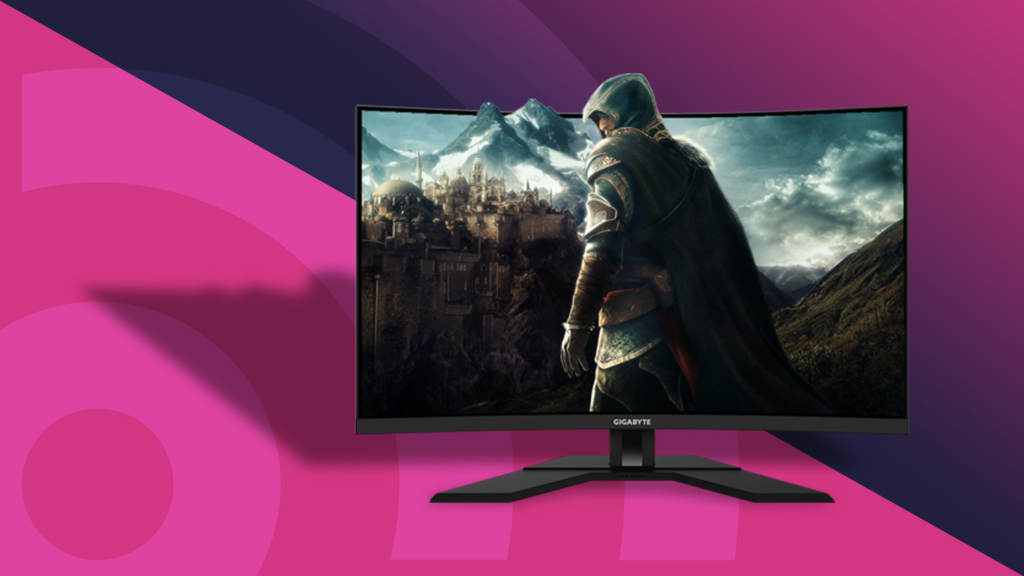
While high-resolution visuals are the future, the challenge for developers will be maintaining performance without sacrificing graphical fidelity. As seen in Super Mario Wonder, achieving such sharp visuals without compromising smooth gameplay is a key goal. Future games will need to strike a balance between delivering breathtaking visuals and ensuring the game runs smoothly on a wide range of hardware.
Optimizing performance while pushing the limits of resolution, lighting, and rendering will be critical for future success. Developers will continue to refine techniques like upscaling, texture streaming, and efficient rendering pipelines to achieve stunning visuals without overloading systems. This will ensure that players can enjoy the best graphics without facing performance issues like frame rate drops or lag.
Cloud Gaming and Streaming: Accessing High-Quality Visuals Anywhere
With the rise of cloud gaming and streaming platforms, the ability to access high-quality gaming visuals on any device will become more commonplace. As more games are hosted on powerful servers and streamed directly to players’ devices, graphical limitations based on hardware will diminish. Super Mario Wonder’s stunning resolution is only a taste of what future games could offer through cloud gaming services, where even devices with limited power can render high-definition, detailed environments.
This shift means that high-resolution visuals, once limited to powerful gaming PCs and consoles, will be available on a range of devices, including smartphones, tablets, and smart TVs. This democratization of graphical fidelity will allow players to experience cutting-edge visuals without needing the latest hardware.
Facts
- Game Title: Super Mario Wonder
- Resolution: 2894×4686 pixels, delivering ultra-high-definition visuals.
- Visual Impact: The high resolution enhances the vibrancy of colors and adds intricate detail, allowing players to experience Mario’s world like never before.
- Immersion: The detailed graphics draw players into the game, making every scene visually stunning and more engaging.
- Franchise Legacy: Super Mario has been a hallmark of the gaming world for decades, and Super Mario Wonder continues the tradition of innovation, especially in visual design.
- Target Audience: Both long-time Mario fans and newcomers can appreciate the enhanced graphical quality.
FAQs
Q: What makes the 2894×4686 resolution significant?
A: This high resolution allows for sharper and more detailed images, enriching the visual experience with vibrant colors and refined textures.
Q: How does this resolution affect gameplay?
A: While gameplay mechanics remain fluid, the resolution enhances immersion by making the environments, characters, and animations more lifelike and captivating.
Q: Is Super Mario Wonder optimized for all platforms?
A: Yes, Super Mario Wonder is designed to perform optimally across various platforms, ensuring that players experience high-quality visuals, regardless of their hardware.
Q: Does the high resolution impact game performance?
A: While the resolution adds more visual depth, the game is optimized to balance performance and graphical fidelity, maintaining smooth gameplay without sacrificing image quality.
Q: Can players adjust the resolution in Super Mario Wonder?
A: Most games today allow for adjustable resolution settings, though specific details would depend on the platform and in-game options. Higher resolutions typically offer superior image clarity, while lower settings might improve performance on less powerful devices.
Related: showtime-imagesize2894x4686
Conclusion
Super Mario Wonder is a testament to the ongoing evolution of video game graphics, bringing a remarkable visual upgrade with its 2894×4686 resolution. This level of detail and vibrancy immerses players in the iconic world of Mario, combining nostalgia with cutting-edge technology. Whether you’re a long-time fan or new to the series, the game offers an extraordinary experience that blends stunning visuals with the timeless charm of Super Mario.
Stay in the loop for upcoming updates and alerts! Essential Discover


